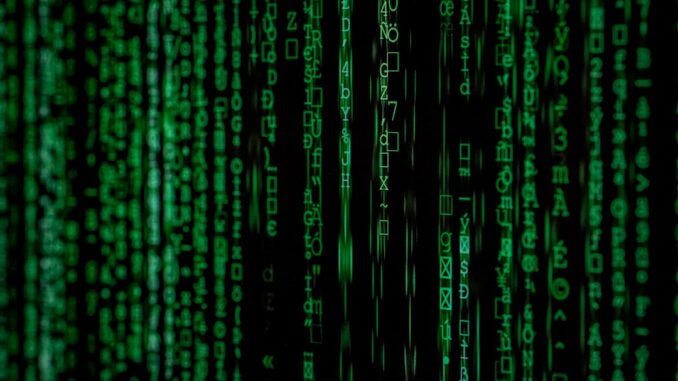
Summary
The PharMerica data breach exposed the personal and medical information of 5.8 million individuals. The ransomware group Money Message claimed responsibility, leaking the stolen data online. This incident highlights the growing threat of ransomware attacks targeting healthcare entities and the urgent need for improved cybersecurity measures.
Secure patient data with ease. See how TrueNAS offers self-healing data protection.
** Main Story**
Okay, so let’s talk about the PharMerica data breach. It happened back in March 2023, and honestly, it was a pretty big deal. I mean, we’re talking about 5.8 million individuals whose sensitive data got exposed. Definitely ranks as one of the worst healthcare data breaches that year.
Turns out the Money Message ransomware group was behind it. They managed to snag patient names, addresses, birth dates, Social Security numbers… you name it. Health records, prescription info, even insurance details. It just goes to show how vulnerable healthcare data is and how seriously ransomware attacks can mess things up in this sector.
The Whole Thing Unfolded Like This…
PharMerica noticed some fishy activity on their network around March 14th, 2023. And get this, after digging around, they found that someone had been in their systems for a couple of days, between March 12th and 13th, and might’ve gotten their hands on sensitive info.
The Money Message group took credit, bragging about stealing 4.7 terabytes of data. They even leaked some of it on their website and those shady hacking forums. PharMerica later confirmed that 5.8 million people were affected. That’s HUGE. It’s the biggest healthcare data breach by a single company reported in 2023. So, yeah, not good.
Patients and Healthcare Felt the Impact
Think about it: names, addresses, dates of birth, Social Security numbers, medication lists, health records, prescription details, insurance information… all out there. People are now at serious risk of identity theft and medical fraud. I mean, could you imagine the headache? PharMerica is struggling, and their patients trust? Well, that’s been damaged. Rightly so, I’d say.
Ransomware’s Growing Menace in Healthcare
Honestly, the PharMerica incident is just a glaring example of how ransomware attacks are on the rise in healthcare. And why? Well, healthcare outfits sit on super-sensitive data, and disrupting their services can have dire consequences. Plus, they rely more and more on digital systems, but sometimes their infrastructure is a bit… outdated. Vendor relationships can get complicated, too. It is what it is.
Downtime in healthcare is incredibly costly, both in terms of money and, more importantly, patient safety. That kind of pressure can make hospitals and providers more likely to just pay the ransom, which, unfortunately, encourages these attacks.
Let’s Talk Solutions: Cybersecurity to the Rescue
The PharMerica breach is a wake-up call. We absolutely need better cybersecurity practices in healthcare. So, what needs to happen?
- Beef up network security: Think multi-factor authentication, regular check-ups, and systems that can detect intruders.
- Data encryption and access control are a must: Sensitive data should be encrypted, whether it’s moving around or just sitting there. Also, limit who can see patient information.
- Train your employees!: They need to know about phishing scams, social engineering, all the common tricks.
- Have a plan for when things go wrong: Develop and test incident response plans. You want to be ready to act fast if a breach happens, you know?
- Share info!: Participate in industry groups. Stay up-to-date on the latest threats and best practices.
Look, ransomware attacks are getting more frequent and nastier. We need to be proactive and comprehensive about cybersecurity. By investing in strong security and making everyone aware of the risks, healthcare outfits can do a better job of protecting patient data and keeping their services running smoothly. If you ask me, it’s the only way forward.


The point about employee training is critical. Regular cybersecurity awareness programs, including simulated phishing exercises, can significantly reduce the risk of human error leading to breaches. This proactive approach complements technical safeguards.
Absolutely! Building on your point, it’s not just about *what* employees are taught, but *how* they’re taught. Engaging, interactive training that simulates real-world scenarios, makes a huge difference in retention and application. How have you seen effective training implemented in your experience?
Editor: MedTechNews.Uk
Thank you to our Sponsor Esdebe
4.7 terabytes, you say? I didn’t know that was even possible! I bet cleaning out my digital photos from 2008 would be a similar cybersecurity challenge. Maybe I should offer my services to healthcare providers – I have experience in data *hoarding*… I mean, *management*.